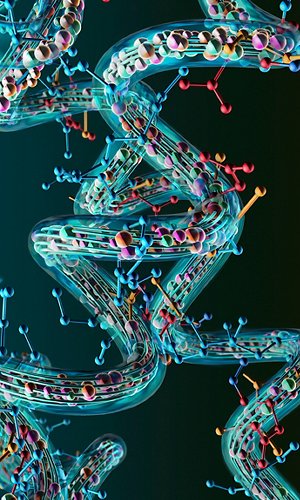What happens in our bodies when we have a fever? And why does it happen?
Fever is a temporary increase in body temperature. It can be caused by a viral or bacterial infection, an autoimmune disease, or a side effect of certain medications. However, it is our body's response to a threat. Normally, the internal temperature of the human body fluctuates only minimally throughout the day and from person to person, remaining stable around 37 degrees Celsius. This is far from arbitrary: at 37 degrees, cellular metabolism works optimally. The hypothalamus is the body's thermostat and is located in the brain; more precisely, it is a part of the brain that regulates the body's temperature, therefore, to understand what happens to us when we get fever, we need to start from there. When immune cells detect the presence of pathogens, they initiate a response by releasing pyrogens - fever-inducing chemicals. Pyrogens travel to the brain and stimulate the hypothalamus, which in turn releases prostaglandins, triggering the physiological mechanisms necessary to raise temperature. For example, they redirect peripheral blood circulation, reducing heat dissipation through the skin surface. They also induce shivering to generate additional heat. But what is the purpose of fever? Higher temperature inhibits the replication of viruses and bacteria, thereby preventing the spread of infection. Fever also appears to increase the aggressiveness of immune system cells. This response is crucial but energetically costly: a mere one-degree increase in temperature requires an extra 10% of energy compared to maintaining a normal temperature. This is why we feel tired when we have a fever, so it is important that we rest.




